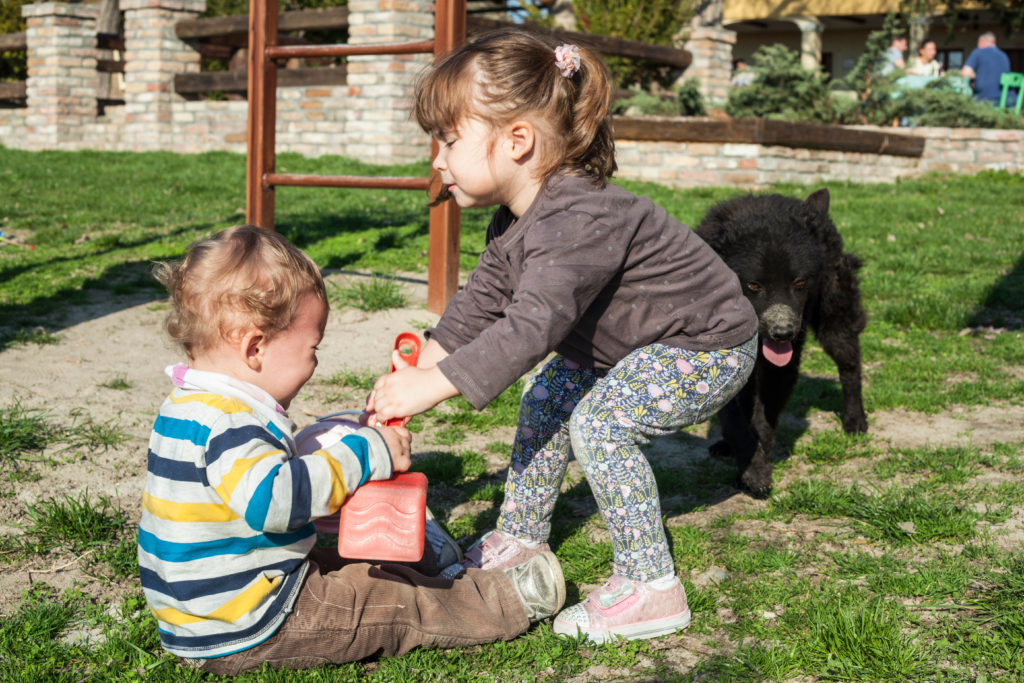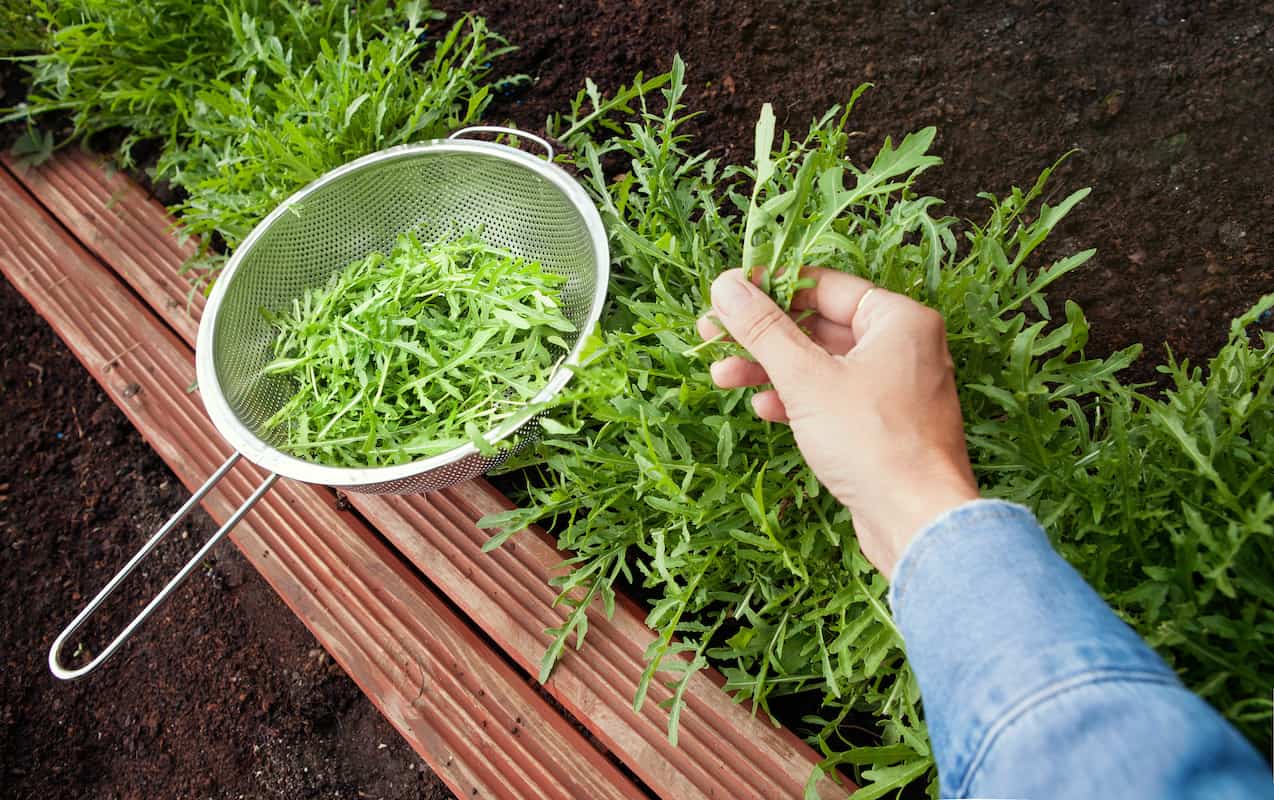Gardening is a messy activity. Adding kids to that situation sounds like a wilful mistake. That is why introducing your kids to gardening is an oxymoron. Nothing compares to the joy you feel when you see little hands picking strawberries (occasionally popping a berry into their mouth).
Unfortunately, most parents do not know where to begin. Your child might have a green thumb, but how do you coax the best out of them? Here’s a five-step guide for introducing your kids to gardening.
1. A small step is a milestone
Small steps are pivotal to introducing your kids to gardening. Some basic steps and concepts will allow the child to understand their environment better. Most parents are under the illusion that children need huge gardens for practice.


Start with something as simple as a bean sprout. When your little one understands how plants grow, it is time to move to planters and perhaps a small patch. Now would be the time to teach children about the importance of plants, soil, sunlight and how plants make food.
A tip: give your child a jar and let them see how beans can sprout.
2. Container gardening for little ones
Most apartments these days are compact and do not have space for gardens. This is not an issue as the child can practise on your balcony or the terrace. Container gardening is a smart solution for the lack of space.
You don’t need a huge lawn to begin gardening. Your child can learn from pots and planters on the patio. Growing herbs like basil or cilantro, or small fruits like strawberries is a good idea when starting with container gardening. Remember, to water the planter frequently as they tend to dry out during summer.
3. Let them pick their Plants
Letting your children choose a plant is one way to introduce them to gardening. High-interest plants help them care better. One way is to lure them with the rewards of their labour. Fruits like strawberries, lettuce, cherry tomatoes and peas are good crops. Leafy vegetables might sound more appealing to your child when they grow the produce. Moreover, vegetables like spinach and lettuce grow fast. It makes them a feasible choice for little ones.


If you have a flower child, try any quick-blooming annual plants like marigolds or petunias. Take them to a nursery or a park and let them identify flowers which they like. Take your child with you when you find flower seeds and let them feel important. Adding vibrant colours to the garden patch makes it more appealing to children.
4. Let it be messy
Growing up in a concrete jungle alienates your child from nature. When you introduce them to gardening, they learn more about nature. Let your young one explore in the dirt. Let them pick up bugs and earthworms, compost, make mud pies and play with the soil.
Soil and nature are crucial for sensory development in the child. It is why a sandpit is often a feature in most nursery schools and daycare centres. It helps the child evolve the tactile sense and aids in gross motor skill development. The mess involved in gardening is what makes it a fun activity.
5. Buy your child some tools
Buy your child a small gardening toolset. Getting them tools will encourage them to take gardening seriously. You can buy some basic tools like gloves, a shovel and a hoe. Teach them to keep the gardening tools clean after every use. It also builds good habits such as putting away the tools after every use.
Once your child has some experience, you can teach them about complex plants. Gardening with your child makes for a fun learning activity. It teaches them responsibility and helps them learn more about the world they inhabit.


It is imperative to remember that every child will have a unique journey. Letting your child play in the mud will help them reconnect with nature. Introducing your kids to gardening also cultivates good habits. Your child will grow into a responsible plant parent. Teach them about insects and ecology and help them make small, conscious steps towards sustainability. A little patience and dirt will help your child evolve into a responsible gardener.
Also Read: Growing Daphnes In Your Garden.









